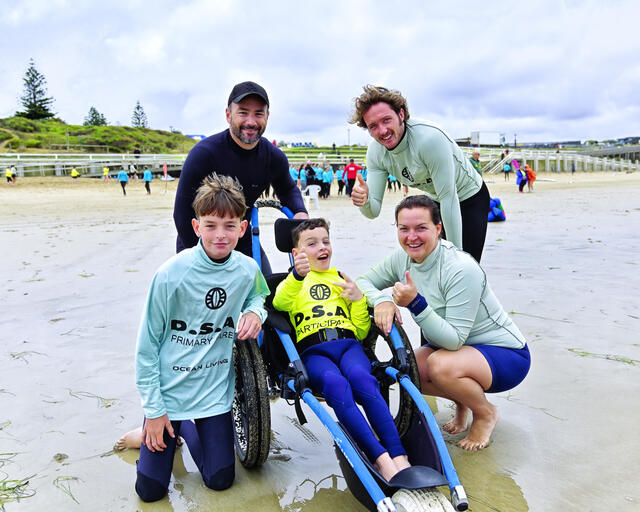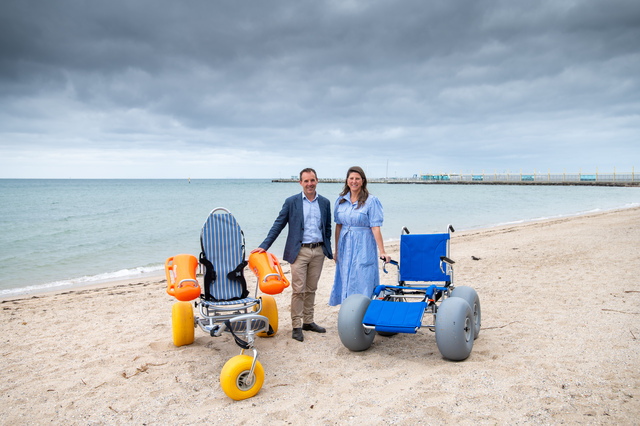The weather has been a lovely mixture of sunny days and rain and it’s been lovely to see so the farm dams looking full this time of the year, and the pastures looking so green, such a contrast to this time last year.
I ventured to Anglesea Heath one sunny morning, and stopped off at Point Addis to check out the rufous bristlebirds, that I saw but failed in photographing. I did spot two female mistletoe birds, which was lovely.
Male mistletoe birds have a blue-black head, wings and upperparts, a bright red throat and chest, with a white belly.
Females are grey above, white below with a pale red undertail.
In the heath I saw striated thornbills, white-eared honeyeaters, white-naped honeyeaters, grey-shrike thrush and white-browed scrubwren. It was a beautiful morning in the peaceful heath.
I had an enjoyable outing to Avalon with Tom Fletcher. Western Treatment Plant is closed due to COVID-19, but there is still access to the Avalon Coastal Reserve.
The highlights were seeing a pied oystercatcher sitting on a scrape or nest on a raised area of ground in the middle of one of the ponds.
We also spotted a sacred kingfisher on the Beach Road, as well as around 60 other species of birds, which was a successful day of hanging around the outside of Western Treatment Plant.
I received an email from Kevin who sent a wonderful image of a ruddy turnstone. He had looked for ruddy turnstones and red-capped plovers at St Leonards to no avail. Kevin was pleased to come across about 10 ruddy turnstones between Indented Head and Portarlington.
Ruddy turnstones are migratory shorebirds. After breeding in the northern hemisphere, they migrate south via south-east Asia.
Ruddy turnstones are mainly found on exposed rocks or reefs, and on beaches. All ruddy turnstones have orange legs that are a brighter orange during the breeding season.
In flight, they show a unique plumage colour pattern, with a white stripe down the back, a black tail stripe, white rump, and white stripe down the wings. Ruddy Turnstones are so named because when feeding, they have been seen to turn over stones and seaweed to find insects, crustaceans, molluscs, and spiders.
I also received an email from Carole, who was very lucky to have a close encounter with a Major Mitchell cockatoo in Swan Hill. Carole explained that it was very warm at her friend’s house in Swan Hill so they sat outside in a shaded area and enjoyed a cool breeze. Her friend had a sprinkler on to water a tiny patch of grass. A single Major Mitchell flew down and had a long, shower.
Carole observed that the bird’s face displayed pure bliss and she took about 20 photos of the encounter.












